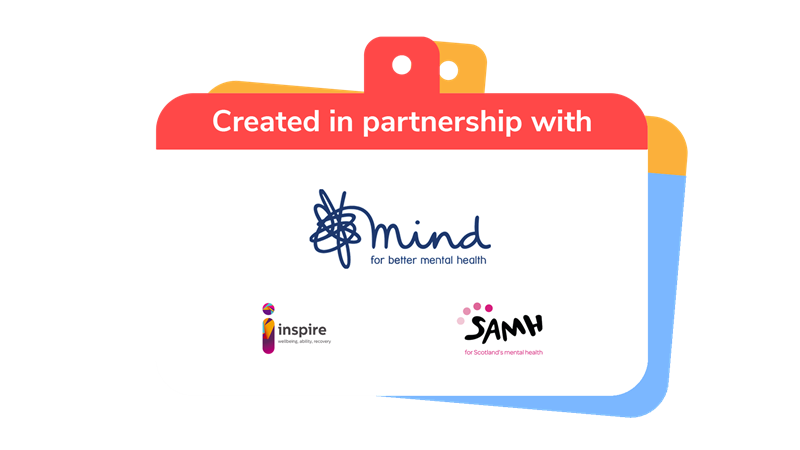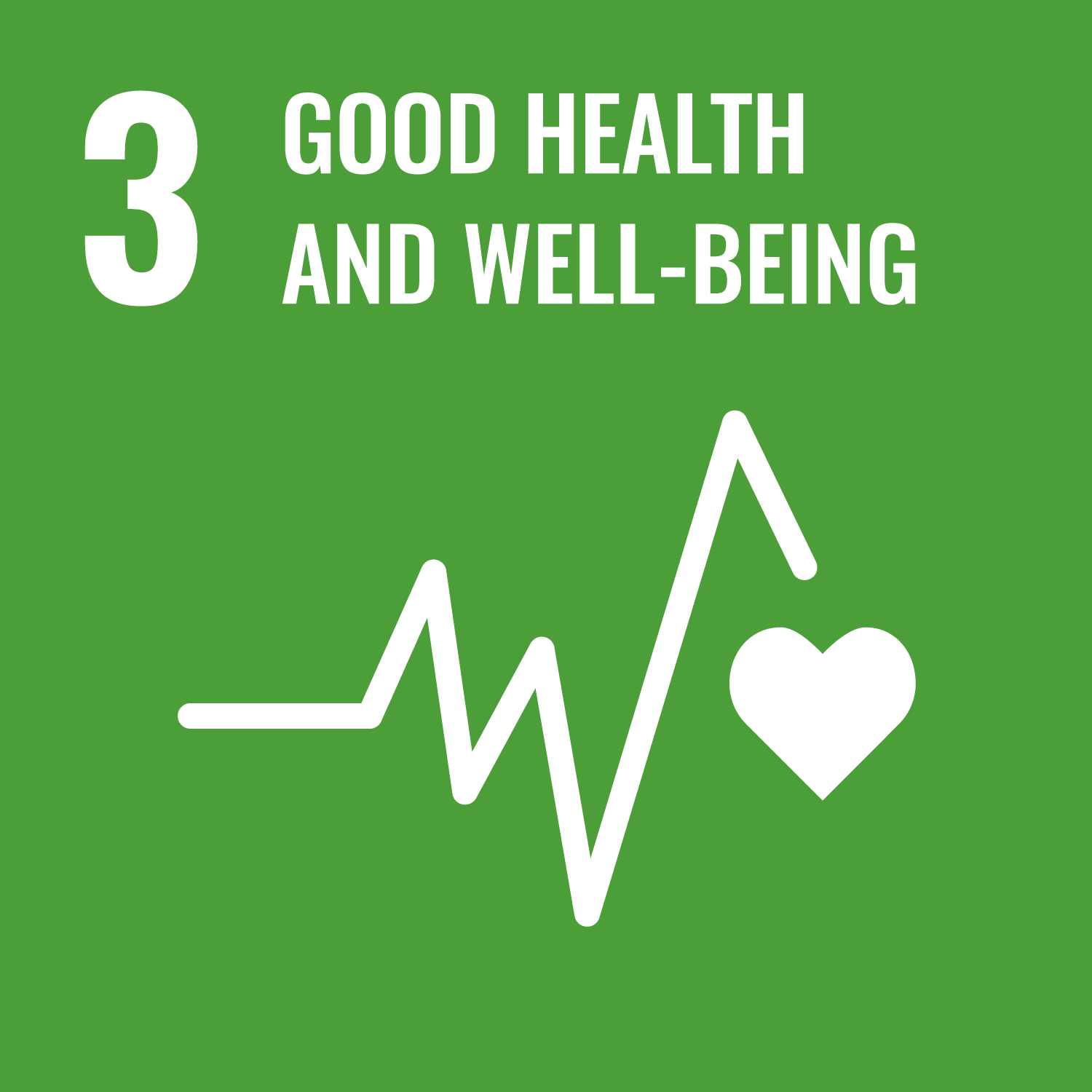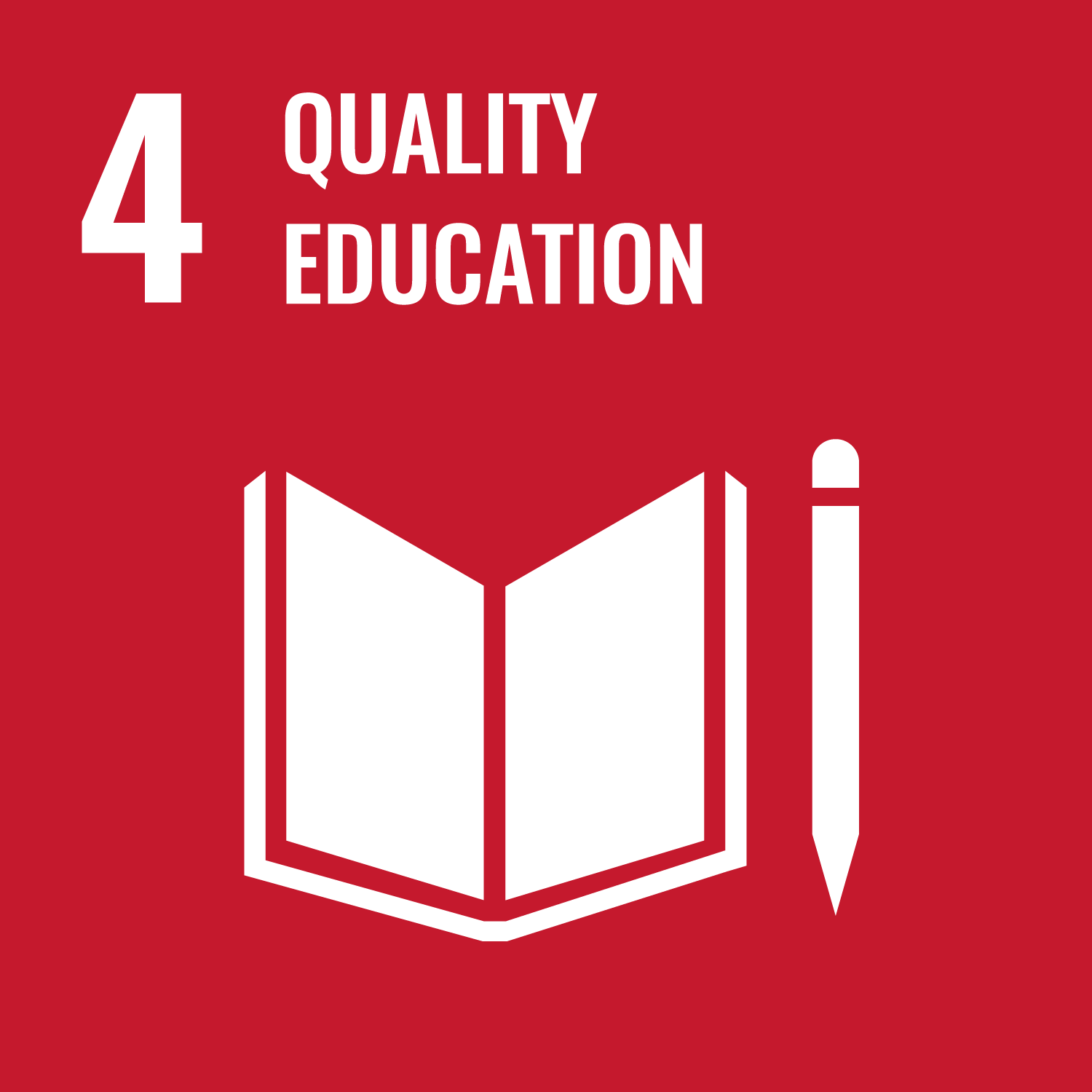
Become a mental health vlogger or blogger for a day
You’ll need
- A4 paper
- Pens or pencils
- Device with access to the internet
- Camera or phone
Before you begin
- Remind yourself of everything people have done for their project: how did they identify the need, plan action, take action, and learn and make more change?
- Gather any photos, videos, or resources from your project. They’ll be useful additions to blogs and vlogs. Make sure you have consent to use photos or videos that have people in.
Plan what you’ll share
- The person leading the activity should explain that vlogs and blogs can raise awareness of wellbeing, help people look after their wellbeing, and encourage them to do what they can to promote better mental health for all.
People may want to share examples of vlogs or blogs teaching them things or encouraging them to take action and do something.
- Everyone should decide whether they’ll work on their own or in groups.
- Each group should choose their audience and key message. Who will they try to reach, and what will they try to teach them?
They should share what they’ve learned, tips for looking after wellbeing, advice for people going through a hard time, or a step by step resource to help people make a wellbeing box or wellbeing wheel. If anyone wants to share their own experiences, check out the Things to consider section below.
- Each group should think about how they’ll make their message interesting and engaging. What will it look like? For example, a blog could have moving videos or still images with voice-overs.
This is also a good time to think about the mood of your blog or vlog – will it be funny or serious, for example?
- Each group should plan what they’ll need to do to create their vlog or blog. What skills and equipment will they use?
For example, for a vlog people may need to plan shots, film footage, and edit it together. For a blog, people may need to plan their paragraphs, write a draft, then edit it. They may also need images.
- Everyone should decide how they’ll share the blog or vlog. It could be on their group’s social media or at a special event.
Make sure you have a plan to get people’s consent before sharing photos or videos.
Create your blog or vlog
- Everyone should get stuck in with their camera, keyboard, or pen to create their vlog or blog.
- Vloggers should set up the camera so it’s facing them. They should try to speak slowly and clearly, so it’s easy to understand them. It doesn’t matter if they don’t get it right first time – it’s usually easy to put clips together with basic editing software.
Check out Present your projects with videos for help with the technical stuff.
- Bloggers should try to find a quiet space to gather and share their thoughts. When it comes to words, between 400 and 600 words is ideal (though, of course, it all depends on the person and what they have to say). It’s good to find a balance between having enough information and being overwhelming.
- Once each group has a solid first draft, they should ask someone from another group to take a look. Do they have any advice on how to improve it? Making edits is an important part of any creative process.
- Once their masterpiece is finished, each group should share it as they planned.
Things to consider before sharing your own experiences
Talking about mental health is important, but sharing your own experiences or stories can be a big step to take. No one should share their experiences unless they understand all the potential consequences and feel totally ready and comfortable.
There are plenty of other ways to tell the world about wellbeing. You could focus on positive wellbeing tips or facts you’ve learned. Why not start with the five ways to wellbeing or mindfulness?
If you want to share your own experiences:
- Mind suggests that people should ‘feel well enough to share their story’.
- It’s important that people think through the consequences of their story being available to everyone including family, friends, and people they haven’t met yet (for example, future friends or employers).
- Remember that blogs and vlogs can receive comments. What will you do to make sure people aren’t negatively affected? You could refer commenters to MIND, SAMH, or Inspire for more information.
- It’s important that people don’t include content that’s likely to trigger other people, for example, photos, detailed descriptions, or methods when talking about self-harm, disordered eating, or suicide. For more information, and tips on what to edit out, check out MIND.

This activity helps contribute towards some of the UN's Sustainable Development Goals. Find out more about the SDGs, and how Scouts across the world are getting involved.



Reflection
https://www.mind.org.uk/This activity was about trying new things and improving wellbeing. Had people made vlogs or blogs before? How did it feel to get stuck in? Did anyone learn any new skills? Hopefully making blogs or vlogs boosted people’s wellbeing by helping them feel proud of themselves for doing something worthwhile. Hopefully the blogs and vlogs will help others too. Do people think that it’s important to talk about mental health or wellbeing? People could think about how reducing stigma and taboo makes it easier for people to ask for help and support and helps people who are campaigning to make sure help and support exists. How could decision makers help achieve better mental health for all?
Safety
All activities must be safely managed. You must complete a thorough risk assessment and take appropriate steps to reduce risk. Use the safety checklist to help you plan and risk assess your activity. Always get approval for the activity, and have suitable supervision and an InTouch process.
- Online safety
Supervise young people when they’re online and give them advice about staying safe. Take a look at our online safety or bullying guidance. The NSPCC offers more advice and guidance, too. If you want to know more about specific social networks and games, Childnet has information and safety tips for apps. You can also report anything that’s worried you online to the Child Exploitation and Online Protection Command. As always, if you’ve got concerns about a young person’s welfare, including their online experiences, follow the Yellow Card to make a report.
If vlogs or blogs are too ambitious you could try to create some social media posts instead. How could you start helpful conversations about wellbeing and better mental health for all?
How will you make your vlogs and blogs accessible? For example, will you add subtitles to vlogs or alt text to images on blogs?
People should be free to use whatever assistive technology they like.
If anyone struggles with spelling or grammar, someone else could be their ‘editor’ to help them out. Some of the best writers ask other people to proof their work and fix the little mistakes.
All Scout activities should be inclusive and accessible.
Why not include a call to action that asks your audience to do something to promote better mental health for all? Maybe they could comment, make their own vlog or blog, or try more of the five ways to wellbeing.
Discover more at https://www.mind.org.uk/
